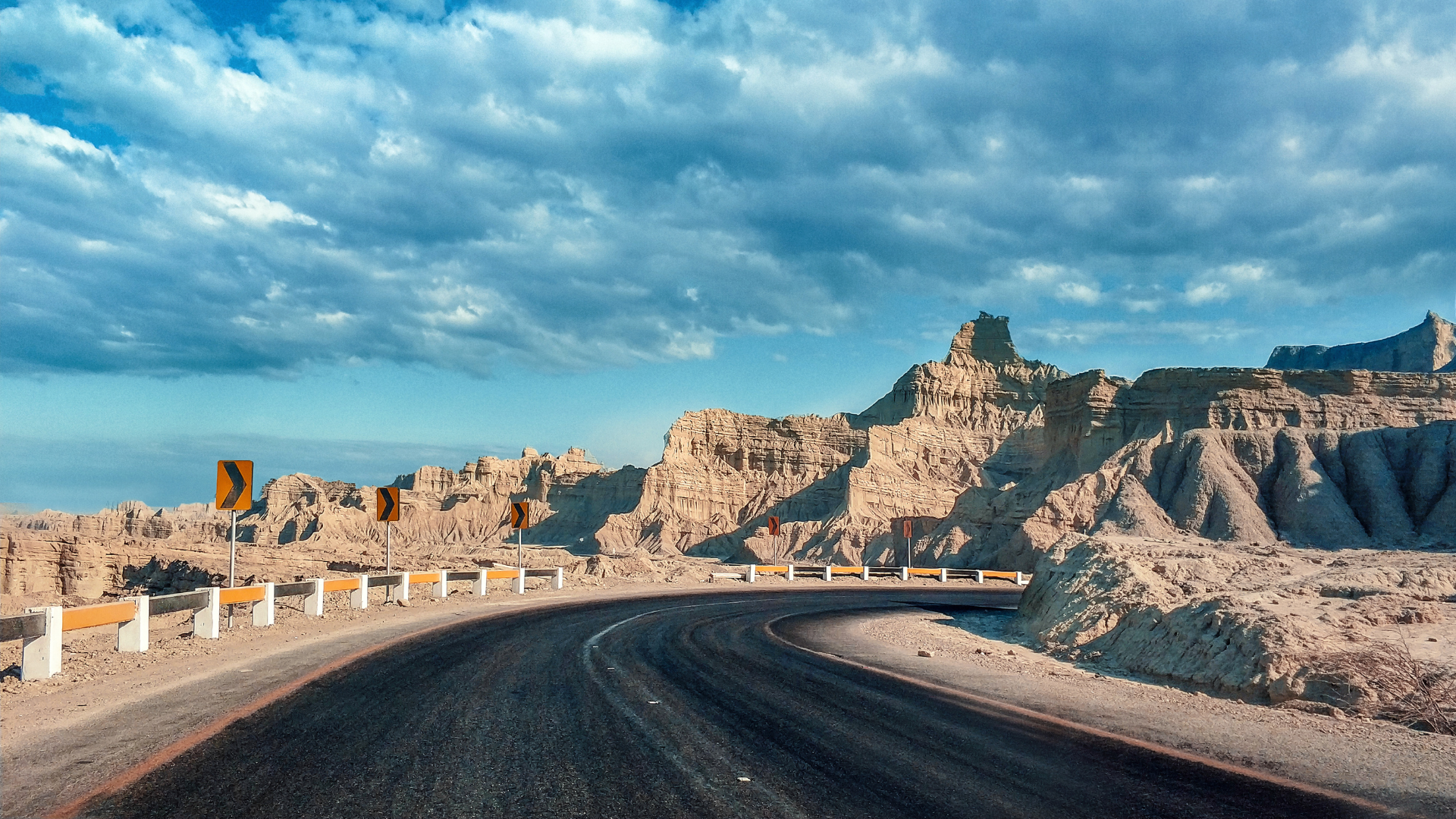Being a pet transporter is a lot more than just jumping in the van and picking up your furry friend along the way. Preparing for each route is a lengthy process, from mapping out the route to carefully planning adequate space according to the pet’s size and the distance we will drive. I thought my website visitors as well as my past and present clients would be interested in the planning and tasks that go into shipping your dog or cat by ground transportation. Also keep in mind I do follow regulations mandated by USDA/Aphis in regards to Pet Transporters.
Route Planning & Execution
At this stage of planning, I do not yet have a route (until bookings are finalized). My clients will call or email me for a quote. The route is initially started around the first client’s needs, making sure I can accommodate everyone.
During this stage of planning I am responding to SMS, phone calls, and emails. I am also sending quotes, contracts, and finalizing any bookings. This is where the route map is created.
Preparing the Vehicle For A Route
I begin by tearing down unloading and everything inside the vehicle – including crates, food & water bowls, floor mats, supplies, and all bedding.
While the van is empty I will sweep & vacuum, mop, wipe down and disinfect the entire area of the van. Crates will be taken apart, power washed, wiped down/disinfected, and dried. Unassembled crates are set aside in a clean area outside of the van. Floor mats will be washed in disinfecting solution. All food and water bowls will be washed in disinfecting solution & dried. Bedding will also be washed and dried. Now I reassemble the crates, and re-install them back in the riding area of the van. Note: Crate planning is also performed here. That is, being sure I have the right sized crates for my passengers at all stages of the trip.
Replenishing Supplies & Maintenance
I will go through all the necessary supplies, and replenish what is needed and throw away empty or expired supplies. I will also double check to be sure I have all necessary tool and such things as batteries, jumper cables, and other automobile supplies, replenish food and water supplies, medical necessities in the first aid kit, check for out of date items, leash and collars for emergencies-extras if needed, replenish cat litter, p-pads and any supply that “could” be needed in the next route.
I double check the carbon dioxide detector and batteries, electronics on board, charging cables and jumper cables or anything needed. I perform any needed maintenance the generator and refill external fuel tank, depending on season the heater or A/C unit. I then start adding/replacing/washing all personal items such as bedding, clothing, shoes, winter boots, jacket, a go-bag with half of your household because you might need it…lol depending on season and routing, summer and winter clothes. I try to remember to bring a food and drink stash for myself.
I make sure to pack a toolbox for easy fixes and possible parts like light bulbs is a must have on my routes. I also need to check reserve fuel canister.
At this time I start preparing to notify customers 24 hours ahead of pickup, and also when I am leaving enroute. I can’t leave out my own pets & family. I need to make arrangements and plan on when I won’t be home. Finally when I am rolling out, I call my first customer when I am about an hour away from their location – ready to greet them and their pet at the door.
These are the common things that I do to prepare, but I always try to plan for the unexpected as well.

